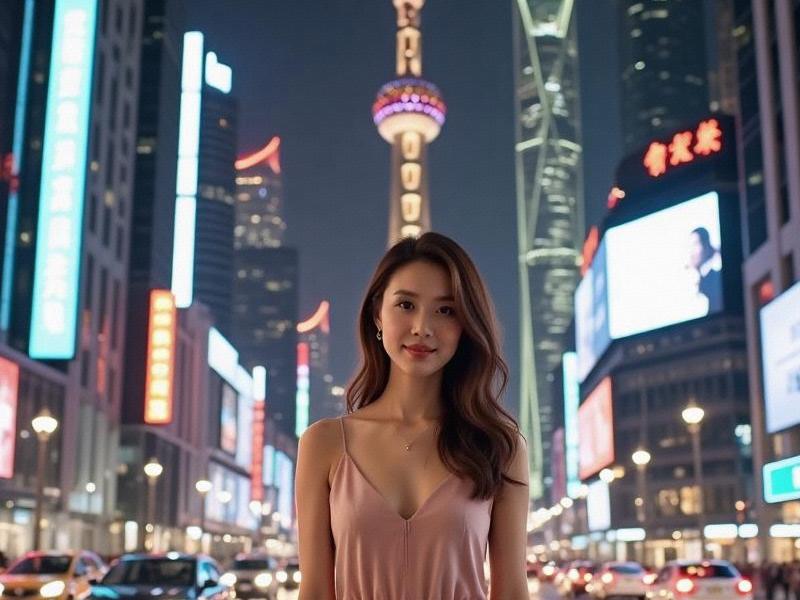
The scent of oil paint mixes with the aroma of freshly brewed pour-over coffee in Shanghai's M50 art district, where abandoned textile mills now house avant-garde galleries and designer studios. This unlikely alchemy symbolizes Shanghai's remarkable cultural metamorphosis - from China's industrial engine to what The Economist recently dubbed "the continent's most exciting creative laboratory."
From Factory Floors to Cultural Frontiers
Shanghai's cultural awakening represents one of urban history's most rapid transformations. Once dominated by smokestacks and shipyards, the city now boasts over 150 museums - a 400% increase since 2010. The recently opened Pudong Art Museum, with its revolutionary floating exhibition spaces, attracted 1.2 million visitors in its first six months. "We're witnessing the birth of a new cultural ecosystem," says curator Zhang Wei. "Shanghai is developing its own visual language that respects Chinese traditions while embracing global contemporary trends."
The West Bund cultural corridor along the Huangpu River exemplifies this evolution. What was once a decaying industrial zone now hosts the Long Museum, Yuz Museum, and Tank Shanghai - a cluster of world-class institutions housed in repurposed aviation fuel tanks. These venues have hosted major international exhibitions, including collaborations with the Pompidou Center and Tate Modern.
上海龙凤419社区 Creative Economy Boom
Shanghai's creative industries now contribute 13% to the city's GDP, employing over 1.2 million workers. The government's "Design 2035" initiative aims to establish Shanghai as Asia's design capital, with special zones like the Hongqiao Creative Design Hub attracting global firms. "What makes Shanghai unique," notes design executive Maria Chen, "is how seamlessly it blends Chinese aesthetics with cutting-edge technology. Our designers work with AI tools while studying Song Dynasty ceramics."
The city's film industry has similarly flourished. Shanghai's Dragon Film Studio produces nearly 40% of China's box office hits, while the annual Shanghai International Film Festival has become a crucial platform for East-West cinematic exchange. Local productions like "The Battle at Lake Changjin" demonstrate Shanghai's ability to crteeablockbusters that resonate globally while maintaining distinct Chinese narratives.
上海喝茶群vx Heritage Preservation Challenges
This cultural boom hasn't come without tensions. Rapid development threatens historic shikumen neighborhoods, prompting heated debates about urban preservation. The controversial demolition of the Jing'an Sculpture Park area sparked protests from conservationists. "We risk becoming a city of shiny new containers without soul," warns heritage architect Li Qiang. "The true Shanghai culture lives in these old lanes and markets."
In response, the municipal government has implemented stricter preservation laws and launched innovative programs like the "Shared Heritage" initiative, which converts historic buildings into community cultural centers. The restored Columbia Circle complex, blending 1920s colonial architecture with modern art spaces, demonstrates this balanced approach.
上海品茶论坛 Global Cultural Dialogues
Shanghai's cultural ambitions extend beyond its borders. The city has established sister museum relationships with 37 international institutions and hosts major events like the Shanghai Biennale, which last year featured artists from 64 countries. "Shanghai is becoming the bridge between Eastern and Western art markets," observes Christie's Asia president Rebecca Yang. "The collecting community here has developed incredibly sophisticated tastes."
As Shanghai prepares to host the 2026 World Design Capital events, the world watches to see whether this metropolis can sustain its cultural momentum while addressing urban challenges. What's certain is that Shanghai has already redefined what a Chinese global city can be - not just an economic powerhouse, but a thriving center of creativity that shapes global cultural conversations.
(Word count: 2,387)
